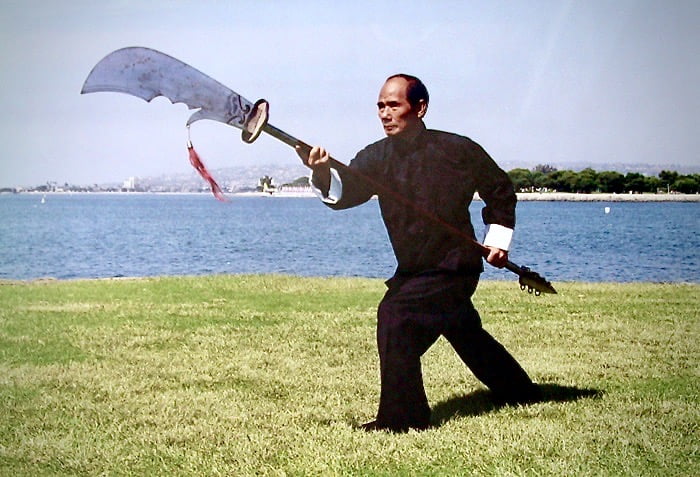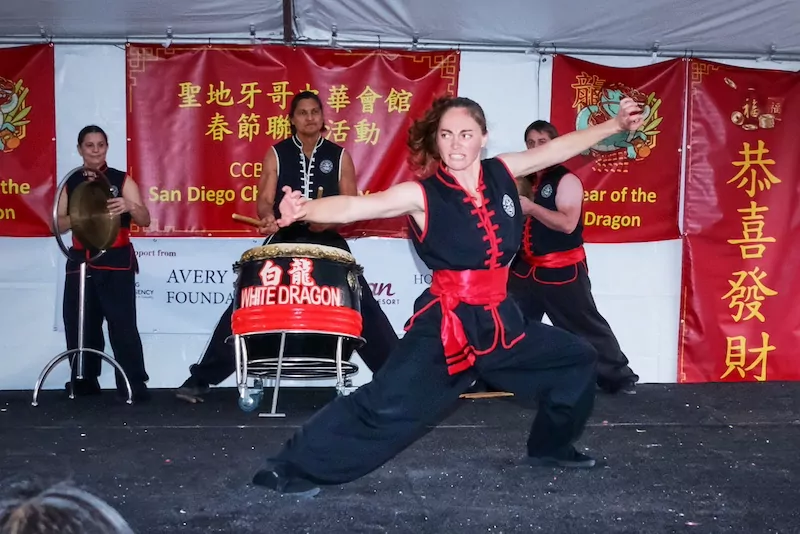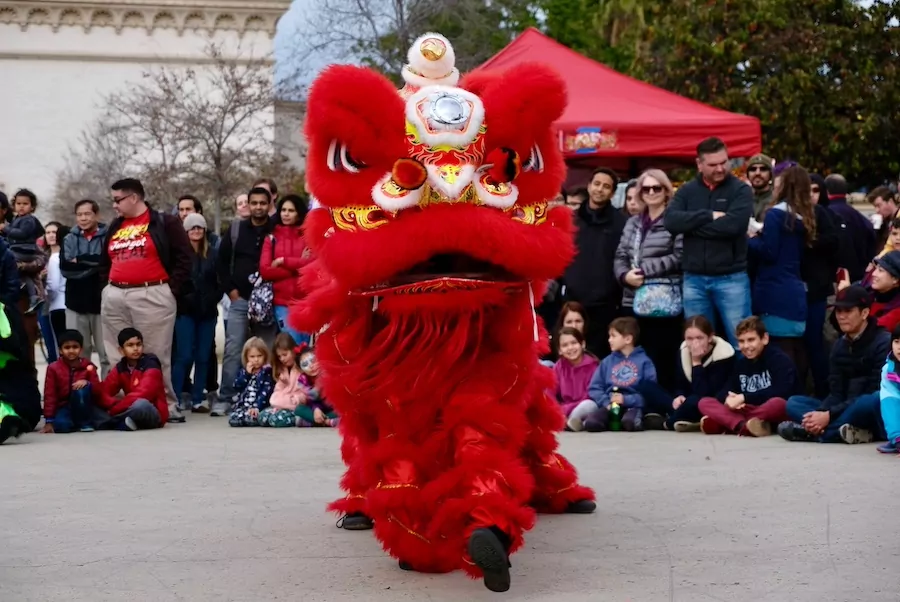The White Dragon School Blog

The Quick Guide to Healing Slow Injuries
Part 2 of Our Series on Injury Prevention & Treatment in the Martial Arts School
Achy joints? Constantly stiff muscles? Long lasting pain? Chances are you’re dealing with a chronic injury.
In Part 1 of this series, “The Major Problem With Minor Injuries,” you learned that acute injuries are part of the training process. You also learned the best treatments for strained muscles and tweaked joints. But chronic injuries are different altogether.
Chronic injuries are those which have been developing and are likely getting worse over time. Keep in mind “chronic” can refer to multiple aspects of injury, like a constant state of inflammation or a maladaptation caused by faulty movement patterns, poor posture, and training errors.
Dealing with these kinds of injuries can be mildly annoying, seriously painful, or a combination of both! They can stop us from achieving our fitness and martial arts goals—but they don’t have to. The truth is, no one should settle for constant aches or pains, even that trick knee that acts up when the weather gets cold.
Faulty Movement Patterns:
Tai chi provides us with a framework for avoiding faulty movement patterns. Proper tai chi practice teaches us the correct positions of the heels, hips, chest, shoulders, and elbows. When each of these are properly aligned, the result is a balanced and optimal tai chi posture where the body is naturally strong and resistant to injury. For the sake of this article, we will call these the “Five Principle Points of Tai Chi Posture.” These are outlined in the teachings of Yang Cheng Fu with his 10 Essential Principles, and in Grandmaster Doc Fai Wong’s book, Tai Chi Chuan’s Internal Secrets.
Tai chi forms should always be corrected from the ground upwards. With each of the Five Principle Points in correct alignment, the joints will be protected and muscles able to generate maximum power. This is true whether you practice tai chi, kung fu, or any other physical discipline.
Firstly, the heels should be firmly planted with the forefoot in complete contact with the floor. The weight should be evenly distributed, which prevents the foot from overly rotating towards its inside or outside edge. Relax your feet and think of tree roots extending and sinking into the ground.
The hips must be tucked into a neutral position, without being overly rotated forwards or backwards. Most people will need to tuck their hips slightly upward to get to this position in a tai chi bow stance. Properly tucked hips give strength to the legs as well as the spine.
(At this point, you might be wondering why we don’t correct the knees? The knee is a condyloid joint, which means it can bend and straighten as well as rotate. It generally moves in relation to the feet and hips. So, if the feet are properly planted, the knees will move in a natural direction.)
The chest should be relaxed and in line with the hips—not overly caved in or puffed out. This creates the best alignment of the spine and allows for deep abdominal breathing.
The shoulders must be sunken and downwardly rotated. Most beginners have stiff, elevated shoulders, so it might take more energy than you think to correct this part of your form.
Finally, the elbows must work with the shoulders to sink down. This allows for better leverage, pain-free shock absorption, and natural strength in a wide variety of positions.
Poor Posture:
Poor posture is often the result of weak or overly tight muscles and can be the cause of chronic injury. How does your natural standing or sitting posture stack up against the Five Principle Points?
When standing, observe your posture in front of a mirror. Are your feet in full contact with the floor? Are your hips neutral or are they rotated? How do your chest, shoulders, and elbows rest? Look for differences between the right and left side of the body. Now observe yourself while seated and go through the same process. More likely than not, these postural positions will repeat themselves in your martial arts training.
In addition to the Five Principle Points, it’s also helpful to notice how your head connects to your spine. Grandmaster Wong writes that in tai chi training, the head must be held upright with the gaze straight ahead. This is a simple physical cue which can help you to connect all of the Five Principle Points. You will be able to identify where your posture needs the most attention and the possible source of your chronic pain.
Training Errors:
Training errors happen most frequently to new students. New students are often excited and enthusiastic, so they attend group classes multiple times per week. (I love seeing this and it reminds me of when I was a beginner!) However, this could lead to the most common type of training error—overtraining. The body needs adequate rest and recovery to begin to adapt to the many stressors that come from exercise. Without proper recovery, the likelihood of incurring both acute and chronic injuries increases.
In general, training errors are a common cause of chronic injury and can be divided into two main areas: faulty technique and overuse injuries.
Faulty Technique:
A qualified instructor in any given physical discipline is key to reducing the likelihood of injury that is the result of incorrect technique. A skilled instructor can help beginners avoid some of the most common mistakes in training. For example, many new kung fu and tai chi students will collapse their knees inward and round their back when trying to sink lower into stances. Under the watchful eye of their instructor, students can be corrected to avoid improper, unhealthy positions that may lead to injuries.
Overuse Injuries:
If practicing broadsword flowers leaves your wrist sore and painful, you might be dealing with an overuse injury. Overuse injuries are caused by repetitive trauma to bone, muscle or the joint itself. Tendinopathy (previously referred to as tendinitis) is a type of overuse injury that describes tendon injury developed from constant overloading. Stress (or hairline) fractures to the small bones of the foot as a result of excessive jumping or running on hard surfaces would be another example of an overuse injury. These are not very common but shouldn’t be ruled out if your feet hurt every time you land from kung fu’s many jumping movements.
Since advanced students typically “push through” mild discomfort, they are more likely to sustain overuse injuries than beginners. If you’re an advanced student suffering from an overuse injury, make sure you get adequate rest and then slowly reintroduce training at a controlled pace. You should also pay special attention to proper technique.
When it comes to exercise, the amount should fit the experience level. So, whether you’re a beginning or advanced student, make sure to plan recovery days as part of your weekly regimen. On your “off days” you can engage in other forms of exercise and even do some light stretching.
Moving Forward
Kung fu and tai chi are some of the best all-around, full body workouts you can find anywhere. When practiced correctly, they offer a lifetime of benefits.
Faulty movement patterns and poor posture can be corrected through self-examination of the Five Principle Points. Training errors can be addressed by a qualified instructor. Whether you’re a beginner or an experienced martial artist, we all need adequate rest and recovery to adapt to the training and prevent an overuse injury.
When it comes to healthy, pain-free movement, natural is always best. This is where the body is strongest and most resistant to both acute and chronic injuries. In fact, our late great-grandmaster, Hu Yuen-Chou named his school the “Hong Kong Natural Tai Chi Association.” You could even say that natural body movement is the ultimate form of self-protection.
by Taylor Carlson and Ben Stanley
Note: The content contained in this article is for informational purposes and is not intended to replace medical advice. If you are injured you should always seek treatment from a qualified physician or other healthcare provider. If you are dealing with a chronic injury, a specialized healthcare practitioner, such as a licensed physical therapist, can work with you to determine the exact cause of your pain and the best course of action to take.
Coming Soon!
Pt 3 How to Mentally Overcome an Injury



















5 Comments
I had a great time writing this guide with Tai-Sifu Stanley for our Kung Fu and Tai Chi students. Happy training!
Thanks Taylor! More Kung Fu and tai chi articles are on the way!
Very well written article. Easy to read , informative, and helpful. Thank you. Looking forward to the next blog.
Thanks Kristin!
[…] Read the full article here. […]